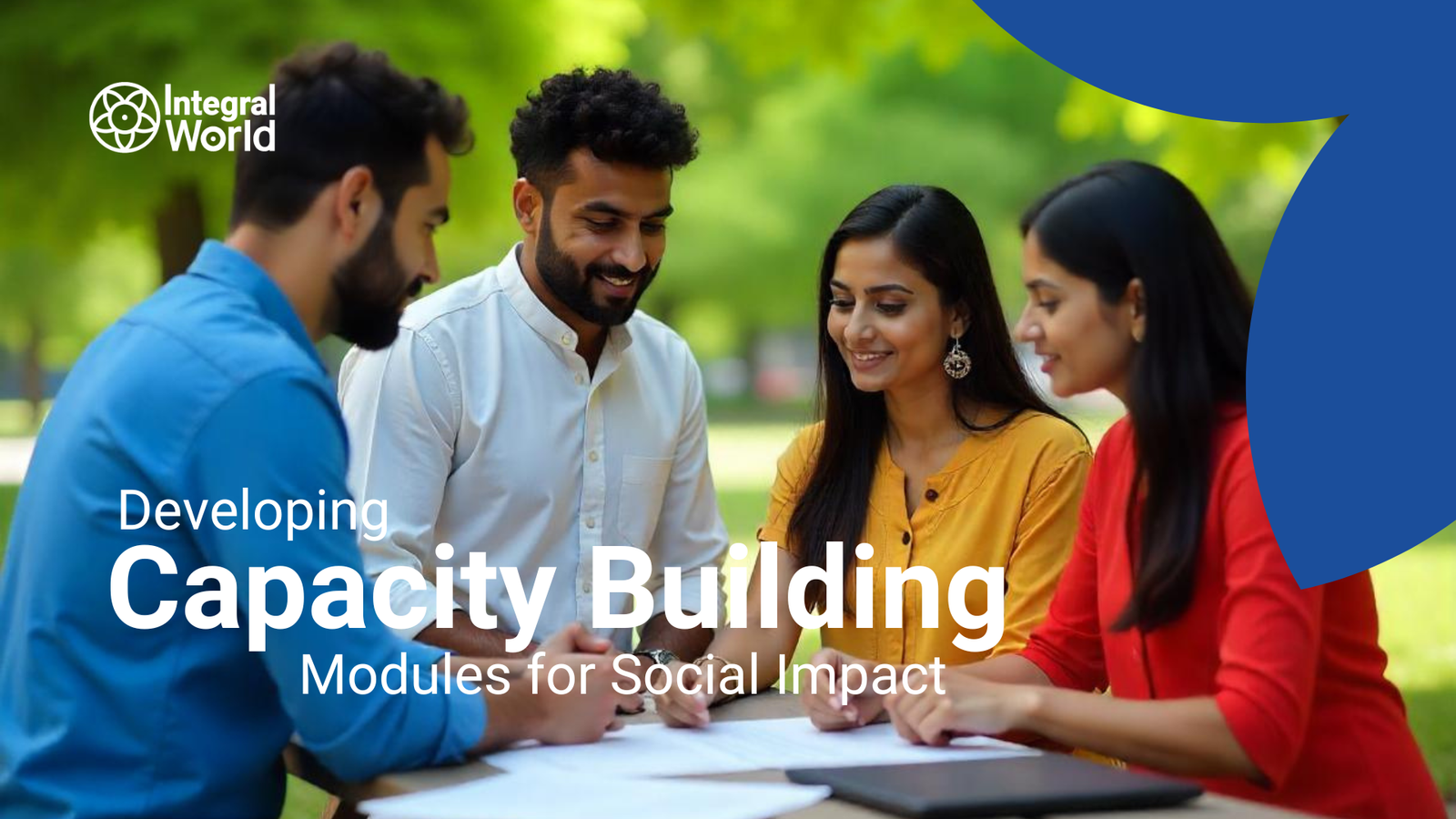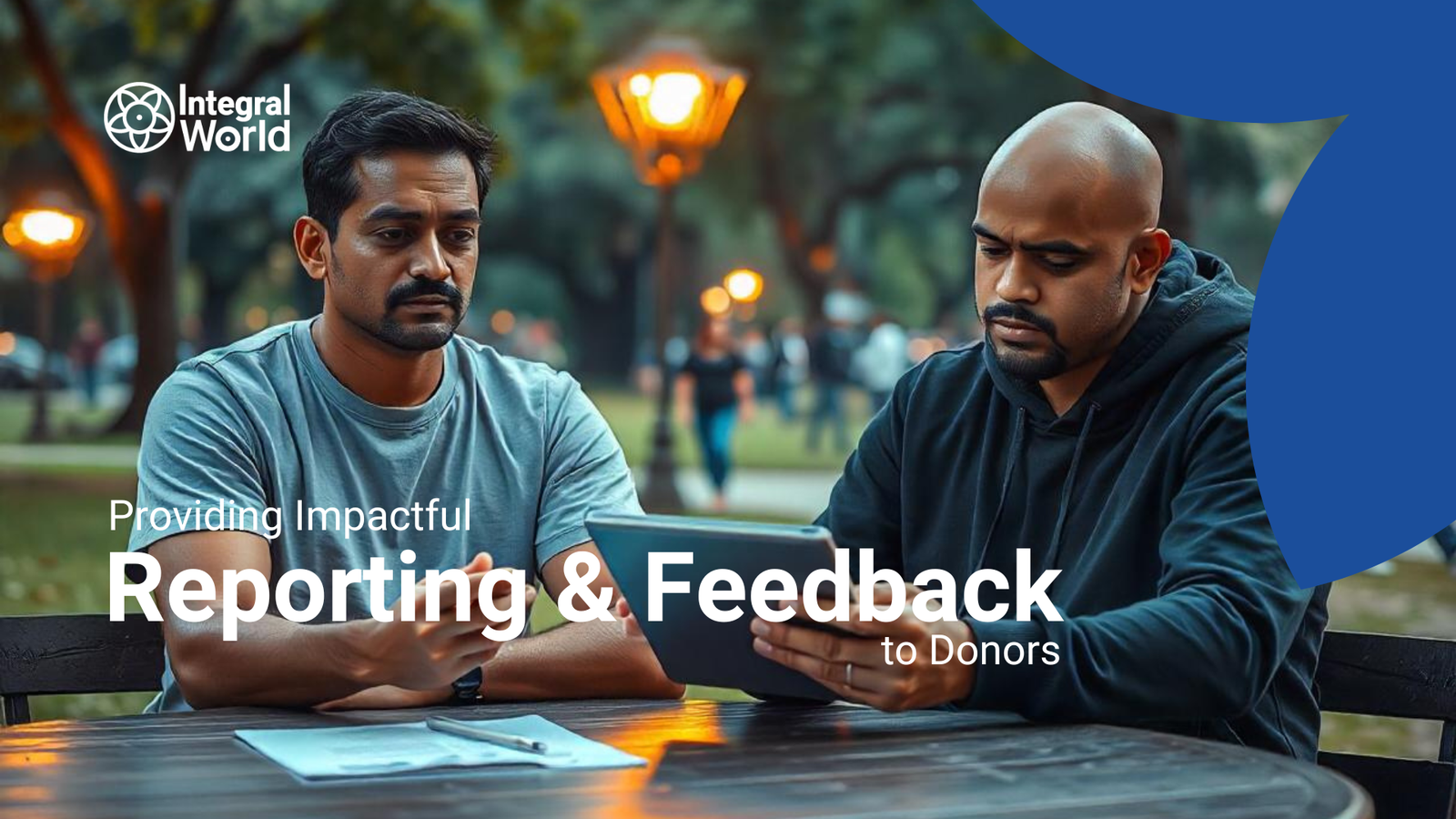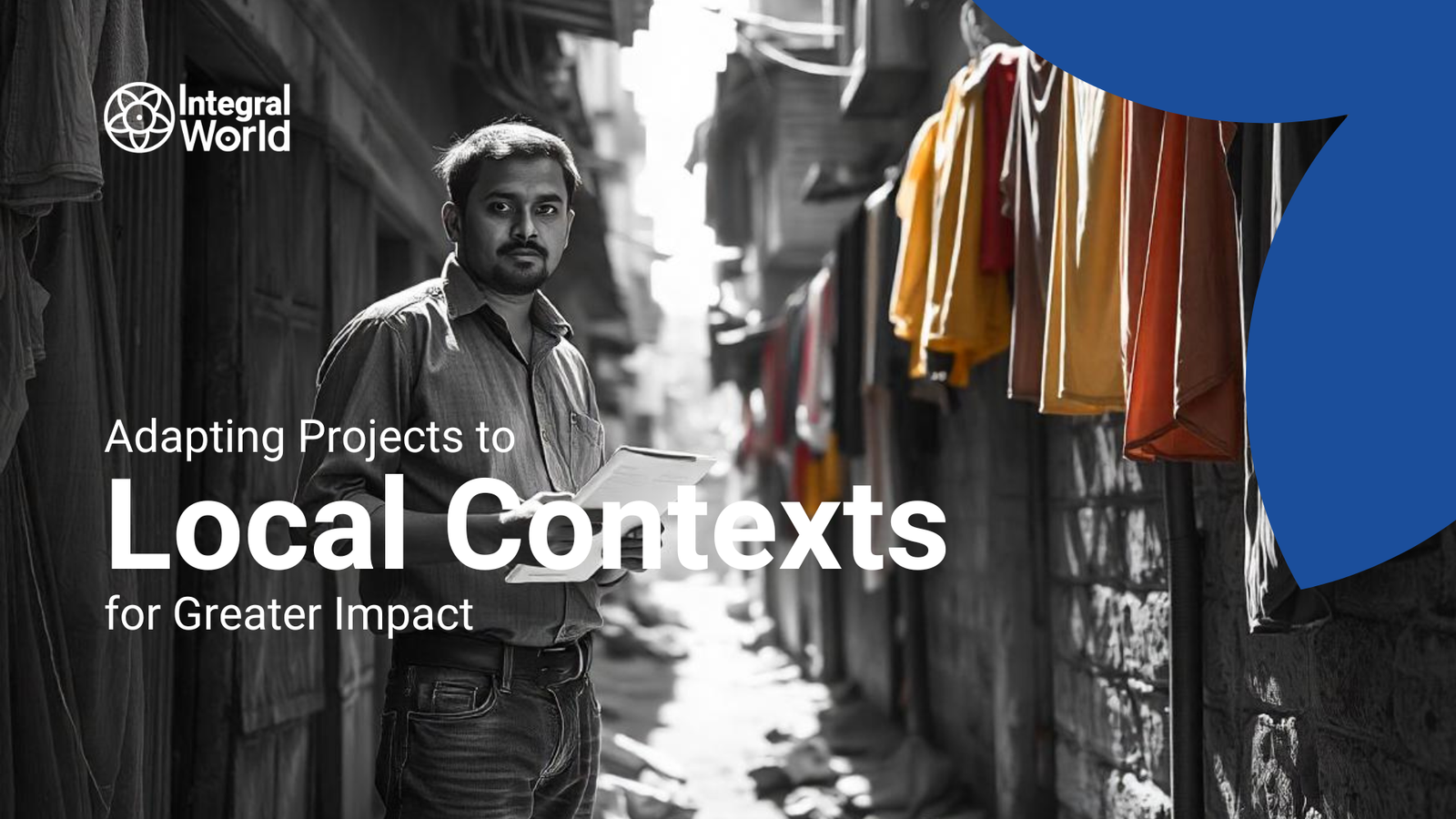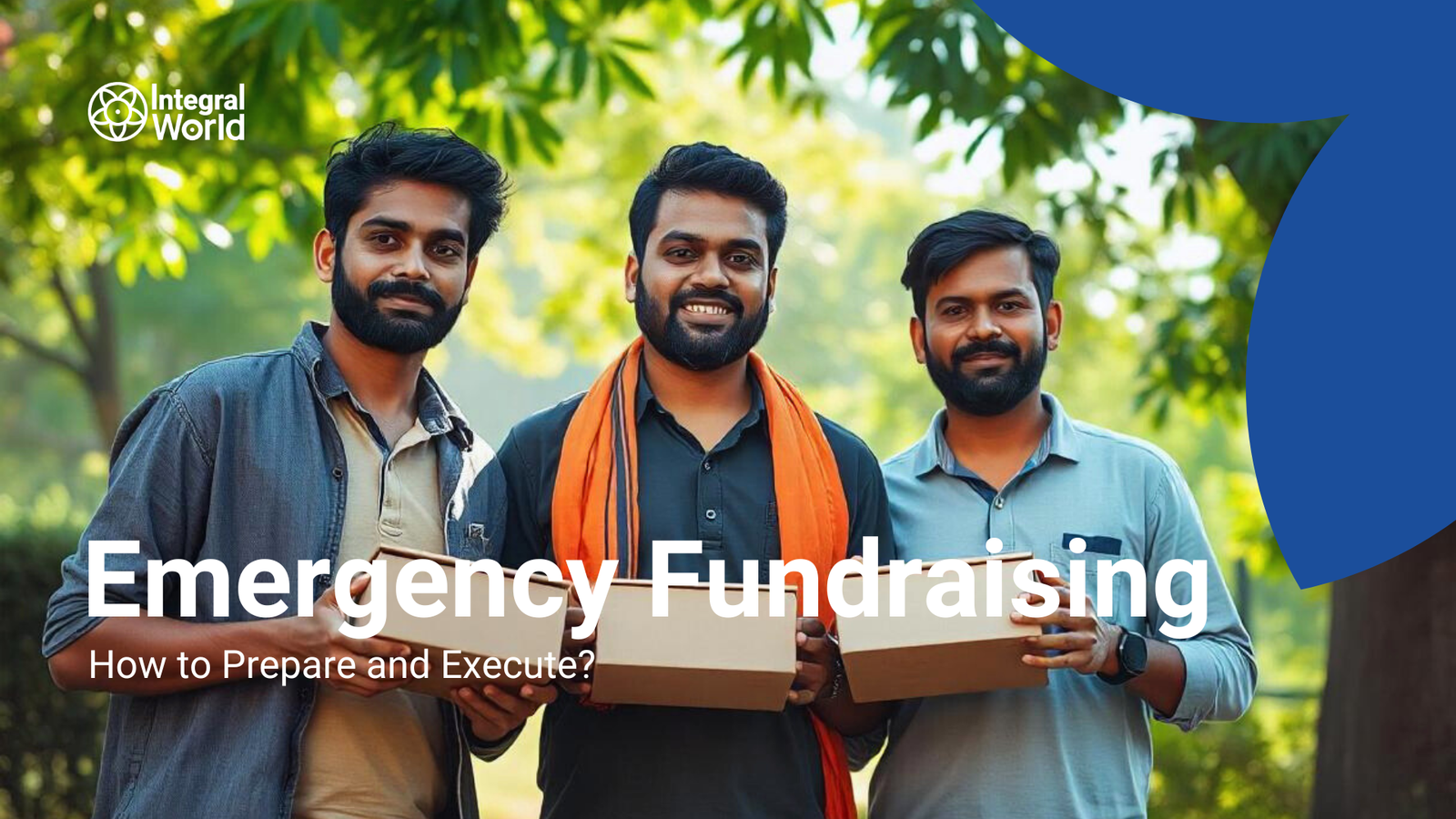Comprehensive monitoring and evaluation (M&E) plans are crucial for sustainable growth, enabling organizations to measure impact, adapt strategies, and achieve development goals. This article provides insights, case studies, and practical steps for NGOs to drive positive global change.
Continue readingBuilding Capacity within Community Groups
Sustainable development thrives when projects are meaningful, relevant, and supported by the communities they aim to help. This article highlights the importance of community engagement in development and offers practical strategies to involve and empower local populations effectively.
Continue readingParticipating in Events to Promote Your Development Initiatives
Truthfulness is essential for non-profit success, fostering trust and credibility. At Integral World, we believe that genuine event participation strengthens connections, supports development goals, and drives positive change. This article explores practical ways to enhance impact through authenticity.
Continue readingUtilizing Mass Advertising for Social Awareness
Raising awareness is key to driving change in social development. At Integral World, we leverage strategic advertising to educate and involve communities, offering practical engagement strategies and examples to position ourselves as leaders in sustainable development initiatives.
Continue readingDeveloping Capacity Building Modules for Social Impact
This article explores the importance of community engagement and capacity-building in sustainable development. It highlights practical methodologies, real-life examples, and expert insights, showcasing Integral World’s expertise in fostering lasting, impactful growth through effective strategies.
Continue readingProviding Impactful Reporting & Feedback to Donors
Integral World builds trust with donors through transparent reporting and genuine feedback. This article explores how impactful communication helps organizations lead in sustainable development, addressing community needs and fostering positive, lasting change for humanity
Continue readingAdapting Projects to Local Contexts for Greater Impact
Integral World emphasizes the importance of adapting projects to local contexts for greater sustainability and impact. This article explores how context-sensitive approaches foster community ownership, with insights from success stories and expert perspectives on effective development initiatives.
Continue readingExpanding Your Impact through Strategic Partnerships
Strategic partnerships are essential for nonprofits aiming for sustainable development. Integral World highlights how alliances can enhance impact, resource sharing, and innovation. This article offers practical tips and expert insights to help nonprofits strengthen their collaborative efforts
Continue readingEmergency Fundraising – How to Prepare and Execute?
Emergency fundraising enables nonprofits to quickly gather funds during unforeseen crises like natural disasters or epidemics. This guide offers practical tips, real-life examples, and expert insights to help organizations like Integral World respond swiftly and effectively in urgent situations.
Continue readingIntegrating Advanced Tech like AI and Data Analytics in Social Work
AI and data analytics are transforming social work by enhancing community engagement and improving impact evaluation. This piece highlights practical tips for effective involvement and showcases Integral World’s role in supporting sustainable development through innovative strategies.
Continue reading





